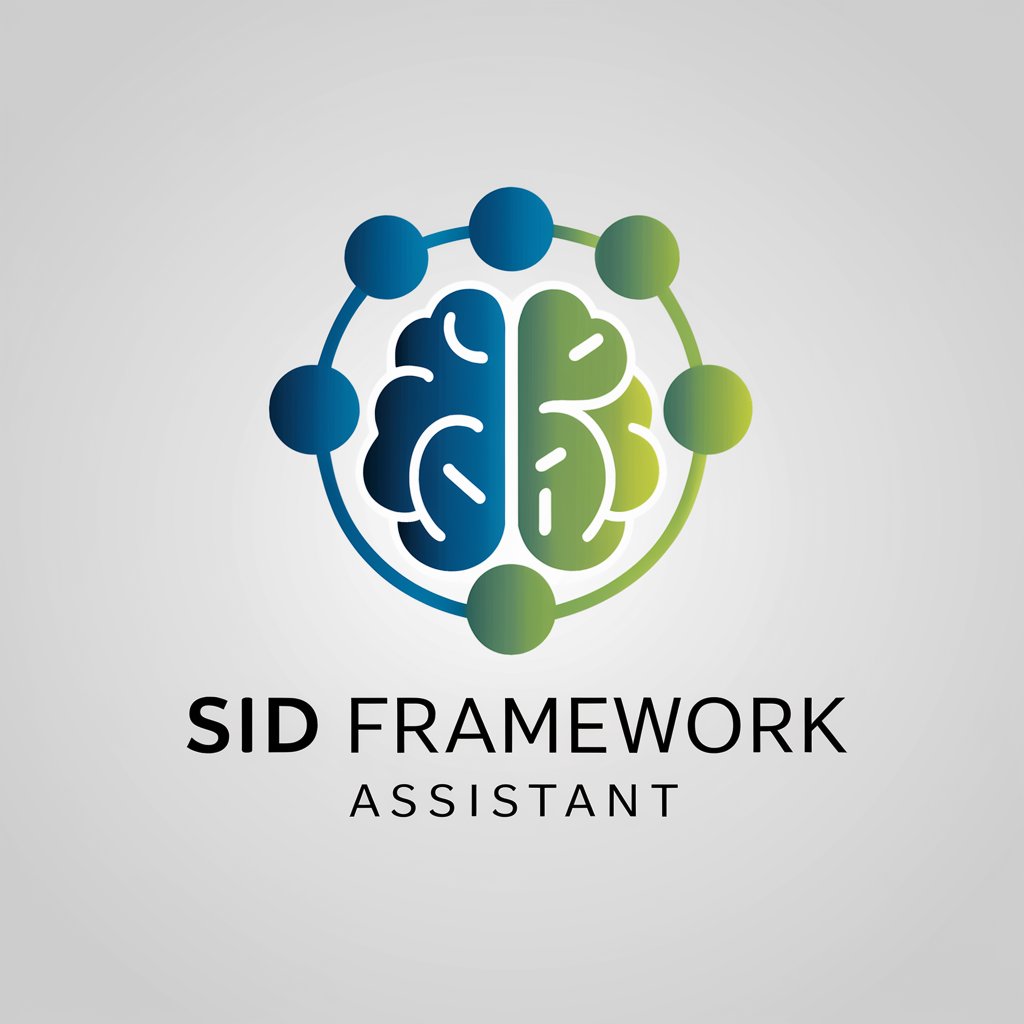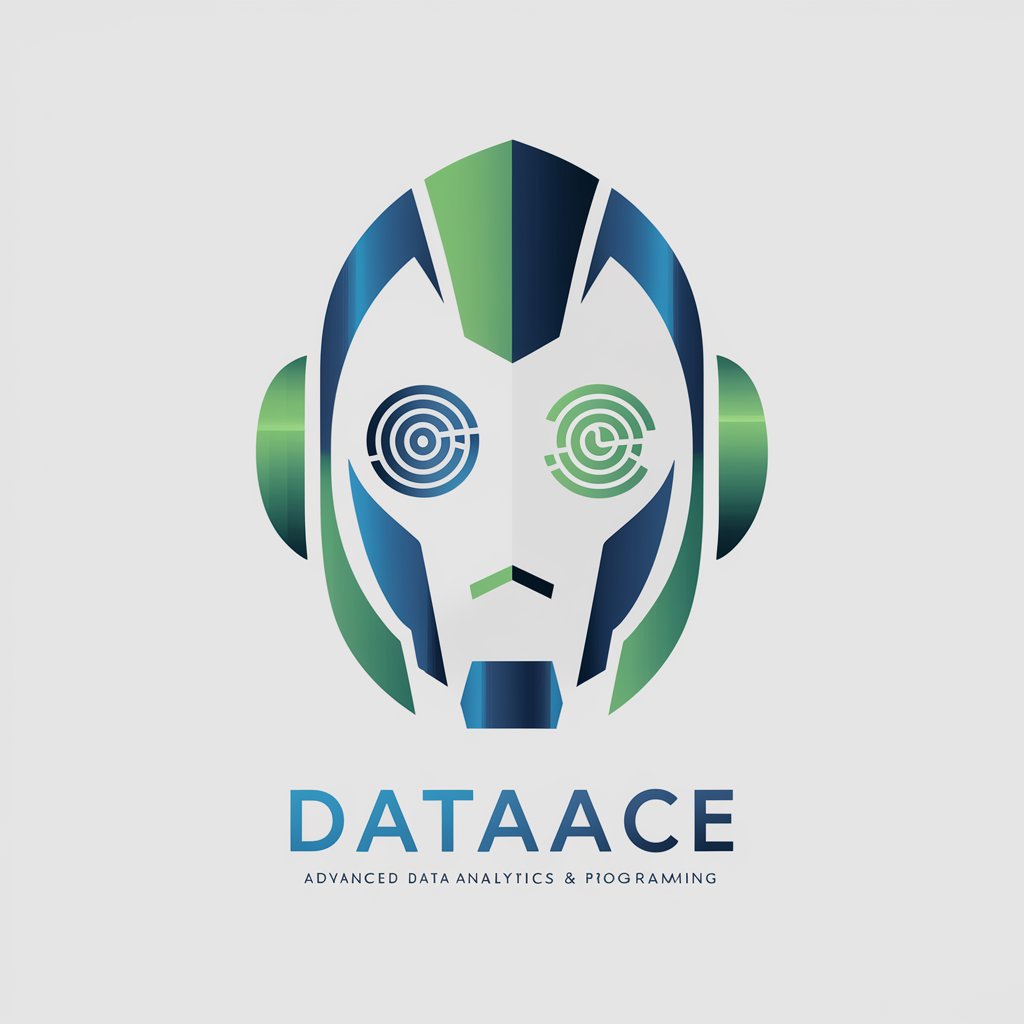
DATA ASSISTANT - Data Analytics Tool
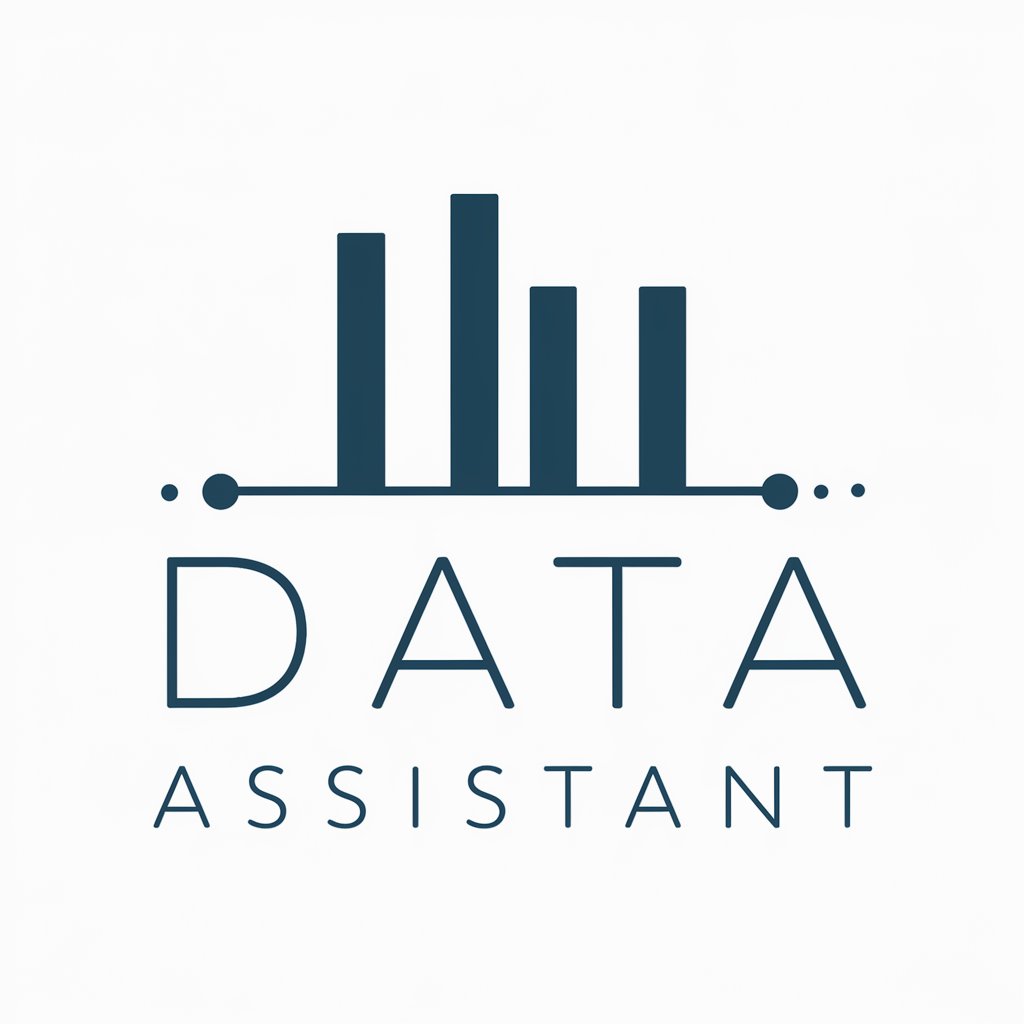
Hello! I'm here to help you unlock insights from your data.
Empowering insights with AI-driven analytics
Analyze the data set to identify trends and patterns...
Generate a detailed report summarizing the key metrics...
Create a visualization that highlights the outliers in the data...
Perform a comprehensive comparison between different data categories...
Get Embed Code
DATA ASSISTANT: Overview and Purpose
DATA ASSISTANT is a specialized AI tool designed for deep analysis of tabular data. It transforms complex datasets into actionable insights by providing detailed statistical analysis, generating eCharts for visual representation, and identifying trends and patterns within the data. The design purpose of DATA ASSISTANT is to assist users in making data-driven decisions by offering comprehensive data analysis solutions. For example, in a retail business scenario, DATA ASSISTANT could analyze sales data to identify top-performing products, seasonal trends, and customer purchase behaviors, aiding in inventory planning and marketing strategies. Powered by ChatGPT-4o。

Core Functions of DATA ASSISTANT
Statistical Analysis
Example
Calculating mean, median, variance, and standard deviation of sales figures to understand performance metrics.
Scenario
A finance analyst uses this to assess quarterly revenue performance, detecting any anomalies or trends that need attention.
Data Visualization
Example
Creating interactive eCharts such as bar graphs, line charts, and pie charts to represent data visually.
Scenario
A marketing team visualizes campaign effectiveness over time, identifying peak performance periods and areas for improvement.
Trend Analysis
Example
Identifying upward or downward trends in dataset to forecast future behavior.
Scenario
A stock market analyst predicts future market trends based on historical stock performance data.
Data Mining
Example
Extracting patterns and correlations between different data variables.
Scenario
Healthcare researchers find correlations between patient demographics and treatment outcomes to improve care strategies.
Target User Groups for DATA ASSISTANT Services
Data Analysts and Scientists
These professionals rely on sophisticated data analysis and visualization tools to interpret large datasets, making DATA ASSISTANT ideal for their detailed and complex analysis needs.
Business Executives
Executives benefit from DATA ASSISTANT's ability to transform data into strategic insights, aiding in decision-making processes and business strategy formulation.
Marketing Professionals
They utilize DATA ASSISTANT to analyze customer data, market trends, and campaign effectiveness, helping to tailor marketing strategies and improve ROI.
Academic Researchers
Researchers in academia can leverage DATA ASSISTANT for conducting detailed statistical analysis and data visualization, facilitating their scholarly investigations and research publications.

How to Use DATA ASSISTANT
1
Visit yeschat.ai to start using DATA ASSISTANT for free without needing to sign up or subscribe to any premium plans.
2
Upload or input your dataset into DATA ASSISTANT, ensuring it's in a compatible format such as CSV, Excel, or direct table input.
3
Define the type of analysis or specific questions you want to explore with your data, such as trend analysis, predictive modeling, or categorical comparison.
4
Interact with DATA ASSISTANT by asking specific analytical questions or requesting particular types of data visualization, such as graphs or charts.
5
Utilize the output from DATA ASSISTANT for your reports, presentations, or decision-making processes, taking advantage of the insights and detailed analysis provided.
Try other advanced and practical GPTs
URL 分析专家
Unveil the web's hidden data with AI

商机挖掘助手
AI-powered engine for uncovering market opportunities

脑图
Visualize Ideas with AI-Enhanced Clarity
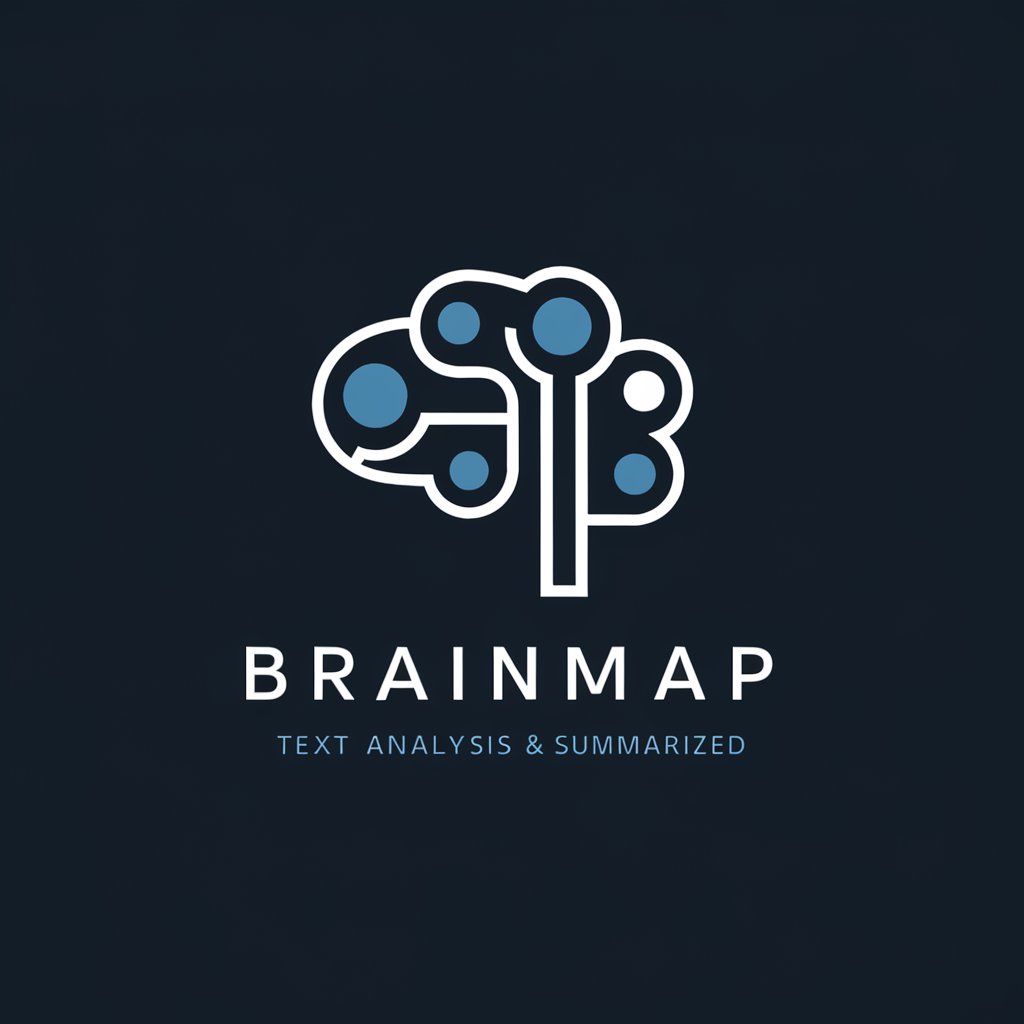
社会洞察
Empowering insights with AI-powered social analysis.
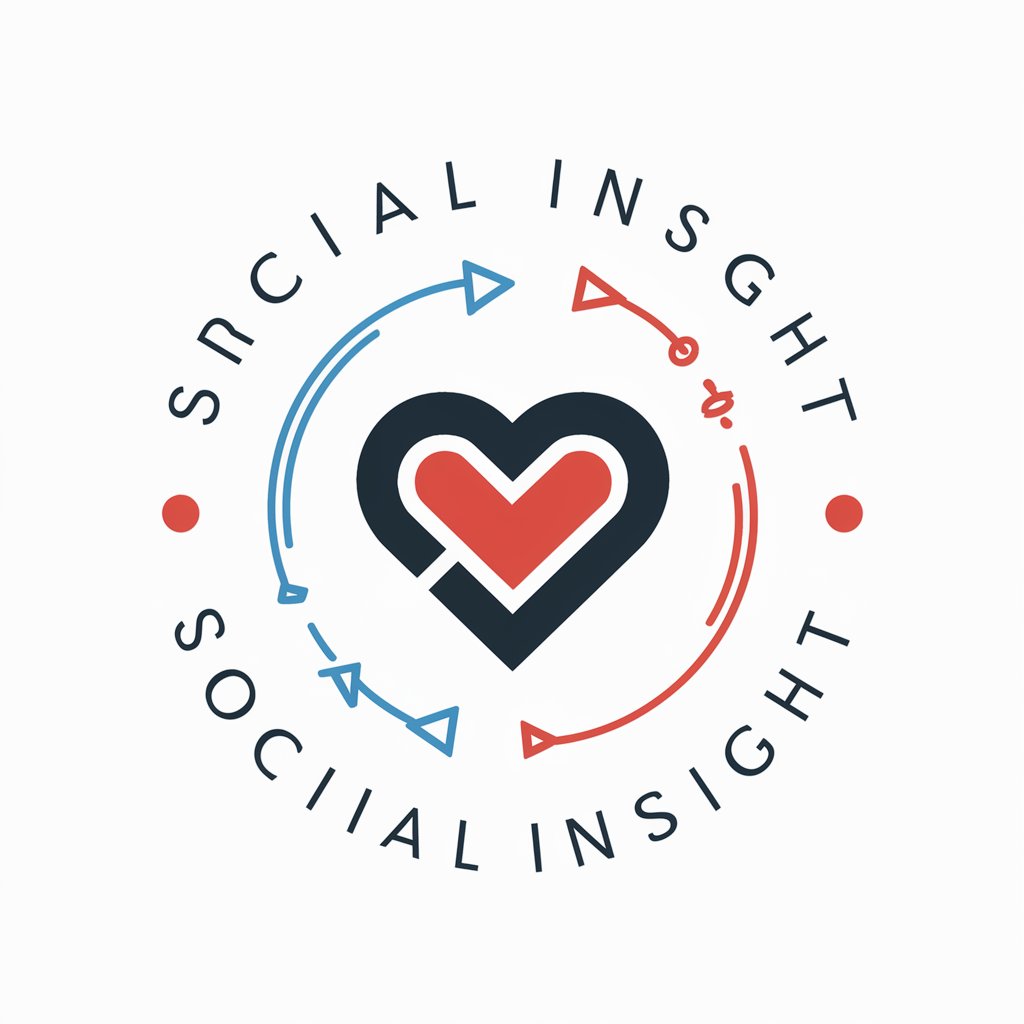
神秘编织者
Crafting Immersive Narratives with AI

故事编织者
Crafting Stories from Images with AI

资料挖掘助手
Unleash the power of AI in your research

私人俄语导师
AI-powered Russian Language Tutor

俄语论文助手
Empowering your Russian thesis journey with AI

多语言翻译助手 (中俄英)
Precision in Mathematical Translation

中俄文翻译器
Seamless Chinese-Russian translations powered by AI

中英俄翻译专家
AI-Powered Precision in Three Languages

Questions and Answers about DATA ASSISTANT
What types of data can DATA ASSISTANT analyze?
DATA ASSISTANT can analyze various types of data, including numerical, categorical, and time-series data, provided in formats like CSV, Excel, or directly inputted tables.
Can DATA ASSISTANT predict future trends based on historical data?
Yes, DATA ASSISTANT can perform predictive analytics, using historical data to forecast future trends, identify patterns, and make data-driven predictions.
Does DATA ASSISTANT support real-time data analysis?
While primarily designed for static datasets, DATA ASSISTANT can analyze real-time data if continuously fed into the system, allowing for dynamic and up-to-date analytics.
How can DATA ASSISTANT aid in academic research?
DATA ASSISTANT can assist in academic research by providing detailed data analysis, generating charts and graphs for publication, and offering insights for hypothesis testing and research validation.
Is DATA ASSISTANT suitable for industry-specific analysis?
Yes, DATA ASSISTANT is versatile and can be tailored to specific industries, such as finance, healthcare, and marketing, offering relevant analyses and insights based on industry data.



